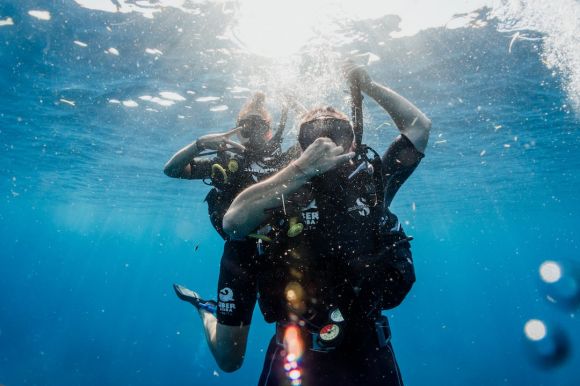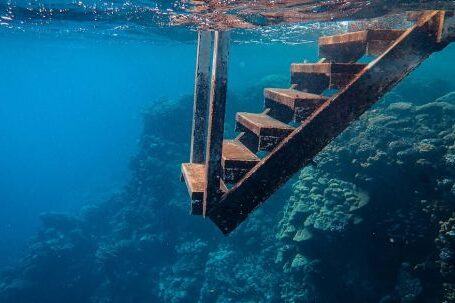Exploring the underwater world is an exhilarating experience, but it requires more than just diving skills. To truly master the art of underwater exploration, one must also become proficient in underwater navigation techniques. Navigating underwater can be challenging due to limited visibility and the absence of landmarks. However, with the right knowledge and practice, anyone can become a skilled underwater navigator. In this article, we will guide you through the essential techniques that will help you master underwater navigation.
Understanding Natural Navigation Cues
Before we delve into the techniques, it is essential to understand the natural navigation cues that can assist us underwater. One of the most reliable cues is the position of the sun. If you know the time of day and your approximate location, you can use the sun’s position to determine your heading. Additionally, underwater topography can provide valuable information. Observe the slope of the reef or the direction of the current to gain insights into your location.
Using a Compass
A compass is a crucial tool for underwater navigation. It enables you to maintain a consistent heading and navigate back to your starting point. Start by familiarizing yourself with the compass and its markings. When underwater, hold the compass level and align the lubber line with the desired direction. Maintain a steady pace and periodically check the compass to ensure you are staying on course.
Kick-Cycling Techniques
Kick-cycling techniques are essential for maintaining a consistent heading and conserving energy. The two most commonly used techniques are the frog kick and the modified flutter kick. The frog kick involves bending your knees and bringing your fins together before extending them outward in a sweeping motion. The modified flutter kick, on the other hand, requires you to kick from the hip while keeping your legs straight. Practice these techniques to find the one that works best for you.
Using Natural Navigation Markers
When underwater, it is crucial to identify and use natural navigation markers to maintain your bearings. These markers can include coral formations, rock formations, or even marine life. By noting these markers and their relative positions, you can create mental maps of your surroundings. Be observant and take note of any distinctive features that can help you navigate and find your way back.
Maintaining Proper Buoyancy Control
Buoyancy control is vital for efficient underwater navigation. By maintaining neutral buoyancy, you can conserve energy and minimize your impact on the environment. Practice controlling your buoyancy by making small adjustments with your breathing and your BCD (buoyancy control device). Achieving neutral buoyancy will make it easier to navigate without disturbing the delicate marine ecosystem.
Using a Dive Reel
A dive reel is a valuable tool for exploring new areas and mapping your underwater journey. Attach one end of the reel to a fixed point, such as a buoy or a rock, and unwind it as you swim. This will create a guideline that you can follow on your way back. Remember to reel in the line as you return to avoid entanglement and damage to the marine environment.
Conclusion: Mastering Underwater Navigation Techniques
Mastering underwater navigation techniques is essential for any diver who wishes to explore the underwater world with confidence and safety. By understanding natural navigation cues, using a compass, practicing kick-cycling techniques, utilizing natural navigation markers, maintaining proper buoyancy control, and employing a dive reel, you can navigate underwater like a pro. Remember, practice makes perfect, so take every opportunity to refine your skills and explore the wonders that lie beneath the surface. Happy diving!





